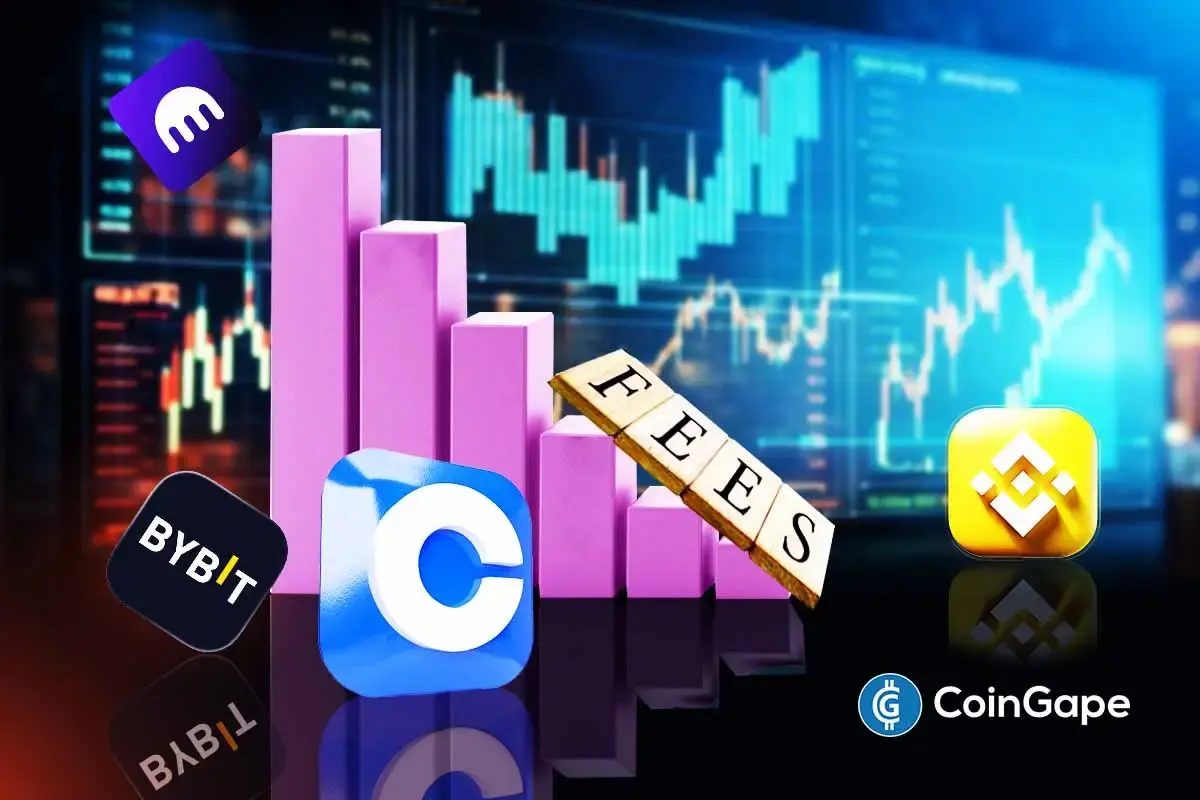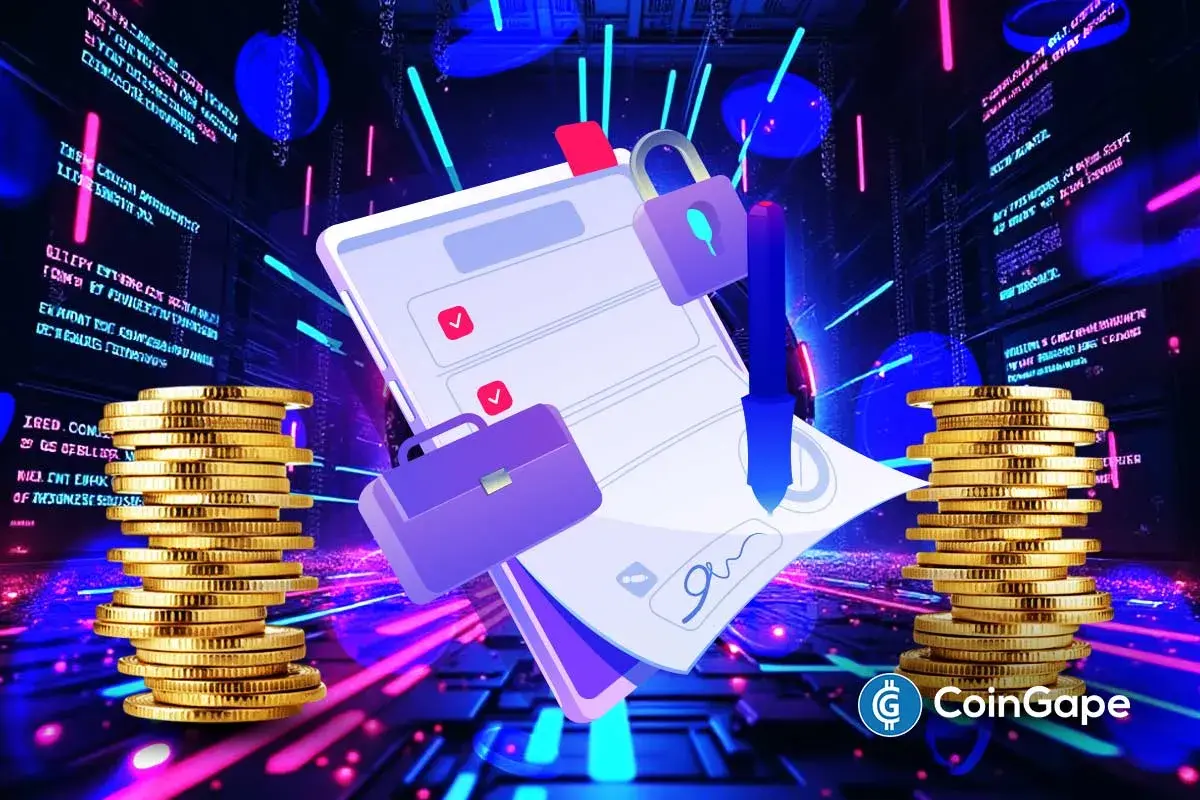Leverage trading has emerged as one of the most exciting and risky strategies for Bitcoin trading. Traders can use borrowed funds to open positions that are much larger than their actual capital, increasing the potential for profits and losses.
As the Bitcoin market becomes more sophisticated, the two most common leveraged crypto instruments are futures and perpetual swaps. Both allow traders to trade BTC prices without an underlying asset; however, their structures, settlement, and funding mechanisms differ.
This is a comprehensive tutorial on the mechanics of Bitcoin leverage trading, the distinctions between Futures and Perpetual Swaps, and practical advice, tips, and tricks for both beginner and intermediate traders to trade leverage and manage risks.
What Is Bitcoin Leverage Trading?
Leverage trading is a trading strategy in which traders use borrowed funds from an exchange or broker to execute larger trades than they could with their own account balance. Simply put, leverage is a multiplier of exposure. For example, a 10x lever would ensure that a trader managed a BTC position worth $10,000 with only $1,000 of his or her own money.
Formula Example:
If BTC rises 5%, a $1,000 position with 10x leverage yields a $500 profit (50% gain). However, if BTC falls 5%, it results in a 50% loss—showing how leverage magnifies outcomes on both sides.
How Leverage Works in Crypto Trading?
When trading with leverage, several key concepts come into play:
- Margin: This is the sum of money that you deposit as an opening leverage position.
- Collateral: You put your position collaterally with assets (typically USDT, BTC, or USD).
- Liquidation Price: This is the point at which your position will automatically be liquidated because your position has been eaten up by losses.
- Amplified P&L: A slight move in price will make a huge profit, or you’ll lose your entire margin.
Example: Assuming that you open a position in BTC at a leverage of 10x and a margin of 1,000, a 10 percent decrease in BTC price would force your position to be liquidated, since your collateral can no longer cover the loss.
Understanding Bitcoin Futures Trading
Bitcoin Futures are derivative contracts in which two parties agree to either buy or sell BTC at a certain price at some future date. These agreements enable traders to hedge or even speculate on the future value of BTC, or insure current holdings in case of a price drop in BTC, without actually owning the physical currency.
Professional traders, institutions, and miners use futures to manage their risks and to speculate as well.
How Bitcoin Futures Work?
Here’s how a typical Bitcoin Futures trade operates:
- Select a Contract: Pick a BTC Futures contract with an exchange (e.g., CME, Binance, or Bybit).
- Deposit Margin: Use the collateral to open your leveraged position.
- Open Position: Go long (BTC is expected to increase) or short (BTC is expected to decrease).
- Plan Margin: Make sure your account has a substantial margin to prevent liquidation.
- Settlement: On the expiry date of the contract, it gets settled in cash (USD or USDT) or in BTC.
- Profit /Loss Realized: You make or lose according to the market price of BTC at settlement.
Types of Bitcoin Futures Contracts
Bitcoin Futures come in two primary forms:
- Standard Futures (With Expiry):
These agreements expire after a predetermined period of time, weekly, monthly, or quarterly. Settlement of positions occurs automatically upon expiry.
- Perpetual Swaps (No Expiry):
In contrast to normal futures, perpetual swaps do not run out. They replicate the prices of the spot market by making periodical payments on the funding rate between the short and the long traders.
Transition: This brings us back to one of the top-liked tools in the crypto derivatives exchange, which is Bitcoin’s perpetual swaps.
Also Read: List of Best Crypto Futures Trading Platforms
What Are Bitcoin Perpetual Swaps?
Bitcoin Perpetual Swaps are derivative contracts that operate in the same manner as Futures, except that they do not expire. The traders are allowed to continue holding positions indefinitely, provided that they maintain margin and pay (or receive) periodic funding fees.
It was BitMEX that initially popularized the perpetual model and is now common on large exchanges with Binance Futures, Bybit, and OKX.
Perpetual swaps are best suited to adopters of BTC price action who do not comply with contract rollovers.
How Perpetual Swaps Differ from Traditional Futures?
| Feature |
Traditional Futures |
Perpetual Swaps |
| Contract Expiry |
Has a fixed expiry (weekly, monthly, etc.) |
No expiry — positions can be held indefinitely |
| Settlement |
Settled on expiration date |
Continuously marked to market |
| Funding Mechanism |
None |
The funding rate is paid between traders periodically |
| Rollover Required |
Yes |
Not required |
| Price Alignment |
May deviate from spot until expiry |
Funding rate keeps price close to spot |
| Use Case |
Hedging, institutional trading |
Short-term speculation, continuous exposure |
Example: When the perpetual contract sells higher than the spot price of BTC, long traders are expected to pay a funding charge to short traders. This encourages sales, which gets the perpetual price nearer to spot.
Funding Rates Explained
Funding rates are periodic payments between traders that ensure the perpetual contract price tracks closely to Bitcoin’s spot price.
- When the funding rate is positive, long traders pay shorts (as demand to go long is higher).
- When it’s negative, short traders pay longs.
Mini Example: Assuming that the BTC perpetuals are in constant capital positions of +0.01 percent per 8 hours, and you have a long position of 10,000 dollars, you will remit 1 dollar in funding after every 8 hours. On the other hand, you would also make a profit of one dollar with funding of -0.01%.
In the case of perpetual positions that are long-term, the rates of funding play a vital role in controlling the carry costs.
Bitcoin Futures vs. Perpetual Swaps - Key Differences
| Aspect |
Bitcoin Futures |
Bitcoin Perpetual Swaps |
| Contract Expiry |
Fixed expiry date |
No expiry |
| Settlement Process |
At expiry (cash or physical) |
Continuous mark-to-market |
| Funding Mechanism |
None |
Periodic funding rate payments |
| Market Use Case |
Hedging, institutional use |
Short-term trading/speculation |
| Risk Exposure |
Expiry-related price gaps |
Funding rate volatility |
| Liquidity |
High (especially on CME, Binance) |
Very high on crypto exchanges |
| Hedging Suitability |
Excellent for miners/institutions |
Less ideal due to funding rates |
| Platform Availability |
CME, Binance, Kraken |
Binance, Bybit, OKX, Bitget |
Summary: Futures might be the choice of traders interested in the predictability of expiry and structured hedging, whereas perpetual swaps may be favored by traders who want to have the flexibility of continuous trading.
How to Start Bitcoin Leverage Trading - Step-by-Step Process
- Choose a Reputable Crypto Leverage Exchange: Select an exchange that has BTC derivatives (e.g., Binance, Bybit, OKX).
- Complete KYC (if required): There are exchanges that need identity verification prior to trading.
- Deposit Collateral: Save your account in BTC or stablecoins (such as USDT or USDC).
- Select Leverage Level: Begin with a low level (2x-5x) to balance risk.
- Open a Position: Long (Buy) or Short (Sell) based on market prognosis.
- Set Stop-Loss & Take-Profit: Automate trade exits to manage volatility.
- Monitor Margin Levels: Margin Levels Are Monitored to prevent liquidation.
- Review Funding Rates: This is critical to perpetual positions.
- Close or Adjust Position: Assess the profits or reduce losses according to your strategy.
Top Exchanges Offering BTC Futures and Perpetual Swaps
| Exchange |
Max Leverage |
Contract Type |
Fees (Taker/Maker) |
KYC Required |
| Binance Futures |
Up to 125x |
Futures & Perpetuals |
0.04% / 0.02% |
Yes |
| Bybit |
Up to 100x |
Perpetuals |
0.06% / 0.01% |
Optional |
| OKX |
Up to 125x |
Futures & Perpetuals |
0.05% / 0.02% |
Yes |
| Bitget |
Up to 125x |
Perpetuals |
0.06% / 0.01% |
Optional |
| CME Group |
Up to 5x (regulated) |
Standard Futures |
Exchange-specific |
Yes (institutional) |
Best Practices for Risk Management in BTC Leverage Trading
- Apply Low Leverage: This should be used by newer traders, and then they can get used to it at 2x-5x.
- Establish Risk-to-Reward Ratios: It is aimed to reach a target of 1:2 or above to indicate positive outcomes.
- Set Stop-Loss Orders: Hedge market downfalls.
- Do not overtrade: It is better to trade with a low level of conviction and strategy than a high level of conviction and strategy.
- Track Funding Rates: Continuous fees can devour perpetual profits.
- Keep Emotional Control: Do not take vengeance and act without strategizing.
Pro Tip: Trade on the testnet or a demo account (provided by Bybit or Binance) before trading live. It is a risk-free method to learn the leverage dynamics without putting money at stake.
Conclusion
The Bitcoin leverage trading business has large potential profits, but it comes with a high risk level. Futures and Perpetual Swaps are to be understood before leveraging is applied.
Futures will provide the opportunity to hedge long-term traders in a structured form, and at the same time, the perpetual swaps will provide flexibility to the market participants. Trade responsibly, use risk management tools, and start small should always be a motto.
To get deeper into it, it is better to read our in-depth article about the best Crypto Leverage Trading Platforms so that you can choose the best platform according to your trading approach.










